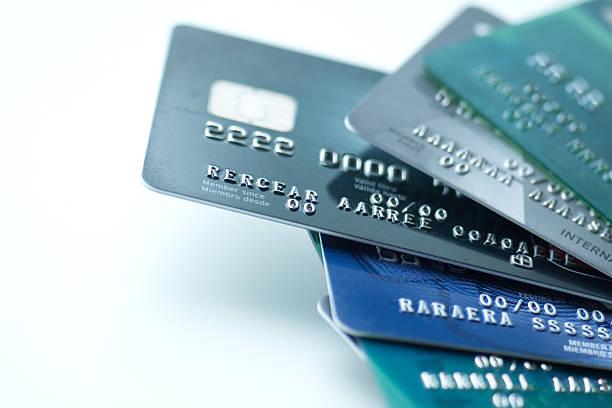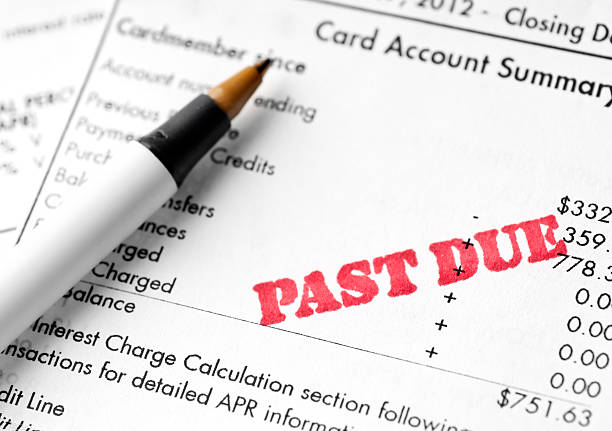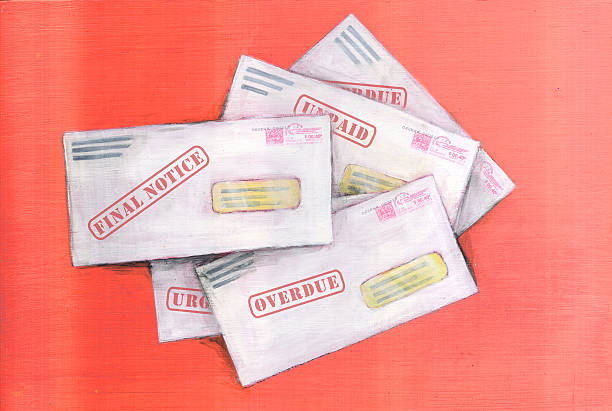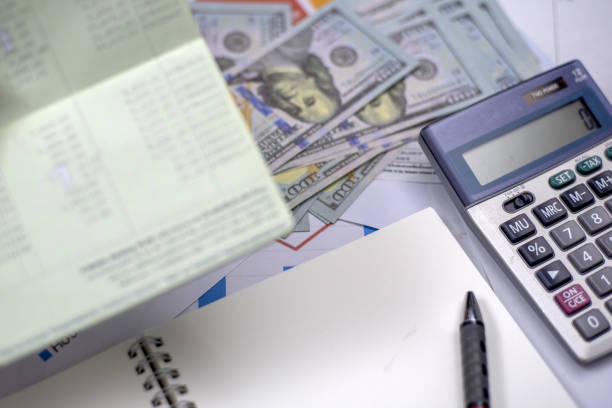
Navigating the vast landscape of credit card offers can feel like a daunting task, yet selecting the right one is a fundamental act of financial self-...
Read More
Are you managing your debt? Or is it managing you? If you're stuck in a money quicksand trap, you may not even realize at first that you're in a finan...
Read More
- Start by taking inventory of all your outstanding debts. - Look for ways to maximize your disposable income so you can put more money towards your ...
Read More
Entering one’s twenties often marks the beginning of true financial independence, a period of exciting possibilities juxtaposed with significant eco...
Read More
Navigating the labyrinth of healthcare debt requires a unique blend of financial strategy and systemic understanding, distinct from managing other for...
Read More
The rise of Buy Now, Pay Later (BNPL) services has revolutionized point-of-sale financing, offering a tempting alternative to traditional credit. Whil...
Read MoreNo, paying a collection account changes its status to "paid," but the account itself will remain on your report for the full seven-year period. You can, however, negotiate a "pay for delete" with the collector before paying, asking them to remove the entry in exchange for payment.
Leasing often means perpetual car payments. The most debt-savvy move is to buy a reliable used car with cash or a short-term loan after your lease ends, freeing up that monthly payment for other goals.
While scores above 670 are considered "good," focus on steady improvement. Moving from a "Poor" score (below 580) to a "Fair" score (580-669) is a significant first milestone that opens up more options.
Key signs include: consistently making only minimum payments, using one credit card to pay another, frequently missing payment due dates, having a debt-to-income (DTI) ratio over 40%, and feeling constant stress or anxiety about money.
Prioritize the Debt Avalanche or Debt Snowball method for repayment. Your focus must be on reducing your overall debt-to-income ratio and total balances, not on the types of debt. High utilization and late payments are doing more damage than a lack of diversity is helping.